Empowering Learning: My Why, How and What for Transforming the Classroom
As a second-grade teacher, I have experienced firsthand the need to transform our educational practices to better respond to the real needs of today’s students. In this context, building a clear vision of the purpose that guides my teaching has allowed me to design more meaningful learning experiences aligned with both present and future challenges.
In this first part of the assignment, I present my Why, How, and What—a statement that reflects not only what I do in the classroom, but also the deeper reason that drives me to lead change from my role as an educator. This structure has helped me emotionally connect with my mission, clarify the process I implement, and envision the impact I hope to achieve.
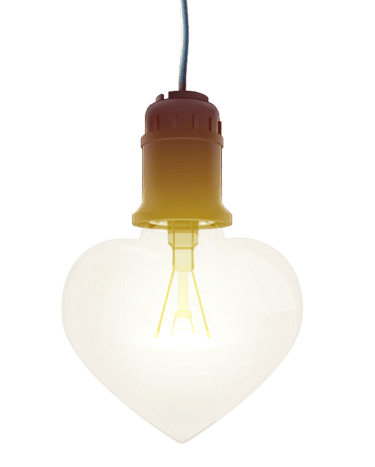

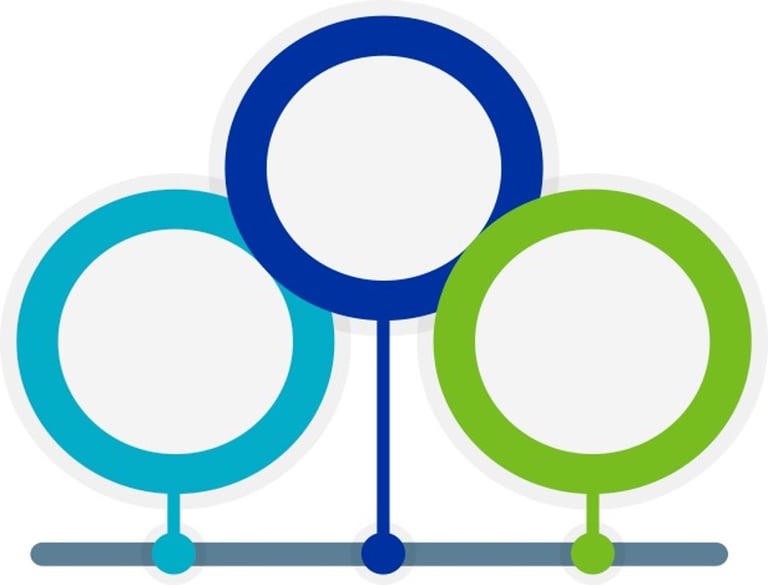

Why
How
What
I want motivate our students to desire learning by providing them with hybrid learning experiences that integrate meaningful technology, enhance their skills, enrich their education, and prepare them for the future.
I design significant learning environments through a structured hybrid model that integrates interactive stations, adaptive assessments, and digital tools. This model fosters autonomy, communication, and critical thinking in my second-grade students.
I promote inclusive and participatory classrooms where hybrid learning becomes a natural part of the educational process, encouraging the holistic development and meaningful learning of every student.
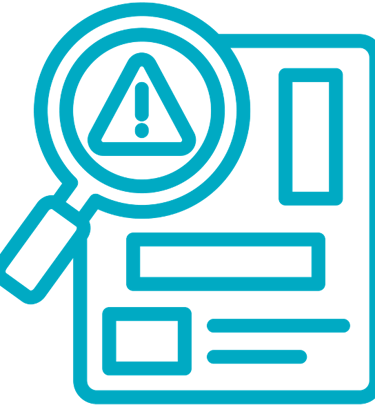

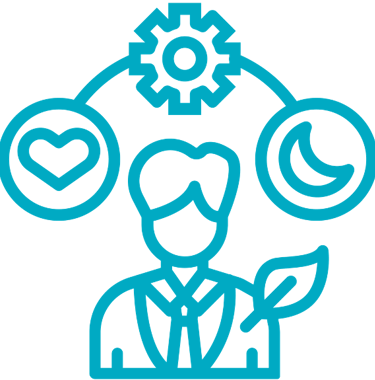




Reflection: Connecting Purpose, Creating Urgency, and Reducing Complacency
How my “Why” speaks to the hearts of stakeholders?
My “Why” comes from a deep conviction: to inspire students to want to learn through hybrid experiences that prepare them for the future. This vision is not just a pedagogical ideal, it emotionally connects with all members of the educational community: teachers, administrators, and families. We all share the desire to see children grow, enjoy learning, and face tomorrow with confidence. By placing students at the center, this “Why” doesn’t just inform, it inspires and mobilizes collective commitment.
How it creates a sense of urgency that motivates action?
As an educator, I’ve witnessed firsthand the challenges we face when we continue teaching under outdated structures. The reality today demands transformation, our students are growing up in a digital, fast-changing world. We cannot afford to wait. This innovation plan aims to make it clear that the time to act is now. Every day we postpone change is a lost opportunity to connect with students, support their growth, and prepare them for real life. This urgency does not come from fear, but from an ethical and emotional awareness that our children deserve better
How it reduces complacency and resistance to change
My “Why” also helps break complacency by showing that doing things “the way we’ve always done them” is no longer enough. As Kotter (2013) emphasizes, many change efforts fail because they do not emotionally engage people or challenge the status quo. This proposal is not about forcing a tool or method; rather, it offers a shared, practical, and human vision of hybrid learning, one that invites change, empowers teachers, and supports students in a gradual and meaningful way. By presenting hybrid learning as an opportunity rather than a burden, resistance is reduced, and trust is built.

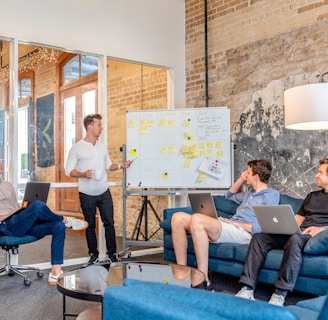





References
Kotter, J. P. (2011). The heart of change: Real-life stories of how people change their organizations. Harvard Business Review Press.
Sinek, S. (2009). Start with why: How great leaders inspire everyone to take action. Penguin.
